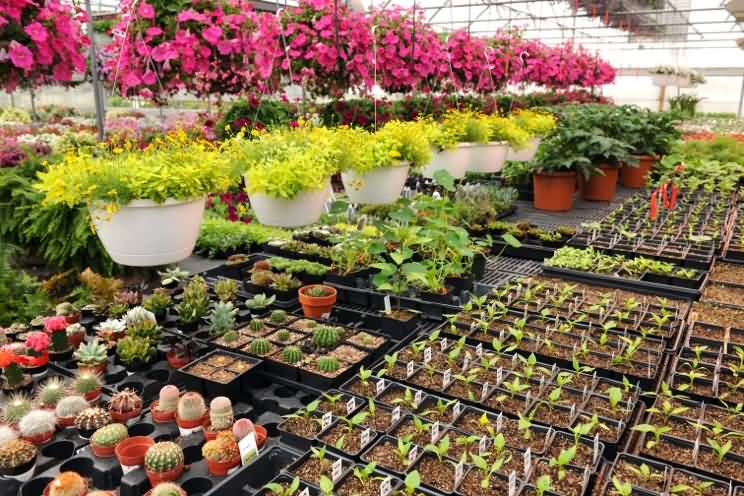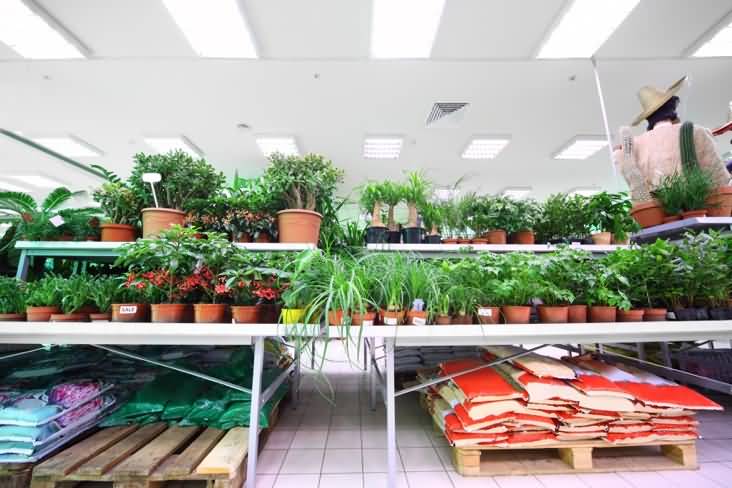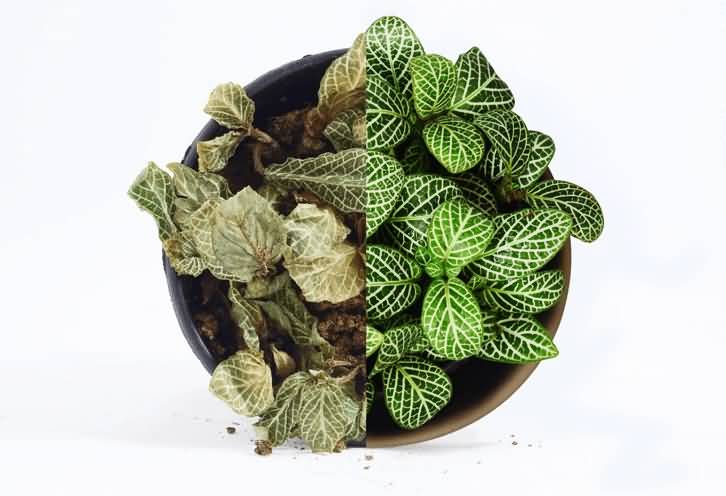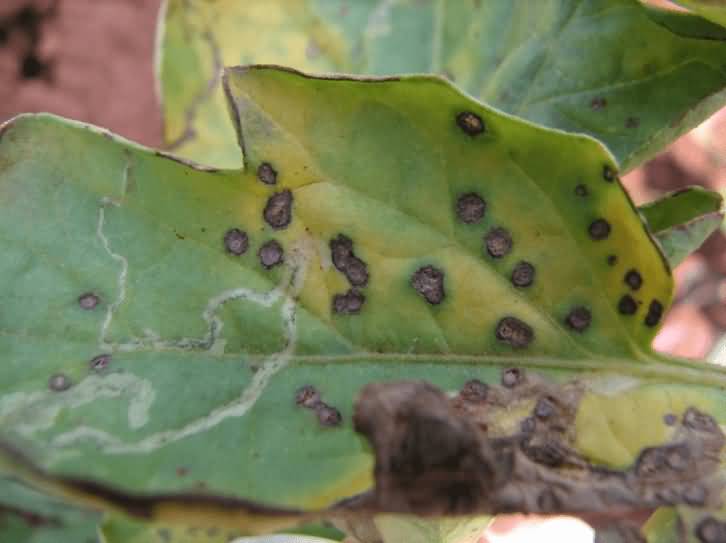Tips for Buying New Houseplants

In today's world, houseplants have become an essential addition to any new home. And if you like hosting celebrations, it serves as the perfect motivation to enhance your living space with a couple of potted plants.
If you're new to gardening and worried about your ability to keep plants alive, fear not! We're here to address some of the most frequently asked questions from beginners and demonstrate just how simple it can be to nurture your plants and cultivate your own indoor garden.
Where can I buy new plants?

Embark on a delightful botanical adventure by exploring the numerous nurseries scattered across our sunny island. Whether you're in search of a diverse selection of cacti, succulents, vibrant annuals, or resilient perennials that flourish in our tropical climate, these nurseries offer a vast array of choices.
Among the top recommendations is a cluster of nurseries near Choa Chu Kang town, known for its captivating selection and a favorite weekend destination for many. For residents in the northern region, the nurseries at Bah Soon Pah Road provide a convenient option, while those seeking a central location can explore the nurseries along Thomson Road.

Supermarkets frequently provide a selection of plants for purchase, including popular potted houseplants like pothos or dumbcane, typically at affordable prices. You might even come across less common varieties such as monstera adansonii, adding a unique touch to your collection.
How do you choose the right plants?
Opting for healthy plants is crucial when initiating your garden, as it ensures the longevity of your gardening endeavor. Stressed plants, unfortunately, have a higher chance of perishing quickly, despite your best efforts and care. Therefore, prioritizing healthy plants is vital to sustain your gardening passion.

Opt for plants boasting lush, glossy green foliage while steering clear of those exhibiting yellowing or browning leaves. Curled or droopy leaves often signify stress, which may stem from factors like insufficient water or nutrients.
In addition, it's essential to assess the stems of the plants. Aim for specimens with multiple sturdy stems, as opposed to tall and lanky ones, which typically indicate overcrowding or neglect.
Another valuable tip is to observe the growth of the plants. Healthy specimens tend to showcase fresh unfurling leaves and compact buds, while those with withered petals or weed growth in the soil mix may not be as robust.

In conclusion, it is crucial to conduct a thorough inspection for any indications of pests or diseases. Examine the plant under proper lighting, thoroughly checking both the upper and lower surfaces of the leaves, stems, and potting soil. Be cautious of plants displaying black deposits, spots, or discoloration on their leaves, as these could be signs of insect infestation or fungal issues. Additionally, be wary of any holes or areas on the plant that feel mushy or sticky, as these can indicate poor health.
Do I need to re-pot my new plants right away?
It depends on the plants' current condition. Ideally, they should be placed in pots that are appropriately sized for them.

Using excessively small pots can result in tangled roots, noticeable as they grow through the pot's bottom. This tangling indicates that the plant has become pot-bound and lacks sufficient soil nutrients. In such cases, it is advisable to repot the plant into a larger container. However, some exceptions exist, such as popular plants like the asparagus fern, spider plant, and Boston fern, which may thrive when root-bound.
Conversely, plants placed in excessively large pots may struggle to absorb all the moisture present in the soil, potentially leading to root rot and diseases.
For more insightful articles on caring for your houseplants, follow MyNiceHome. Leave a comment to let us know what other gardening content you'd like to see.
Source: mynicehome.gov.sg

